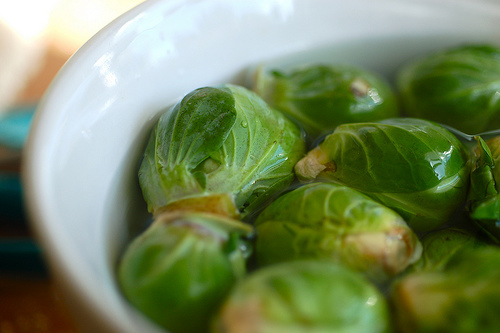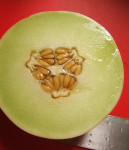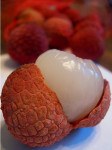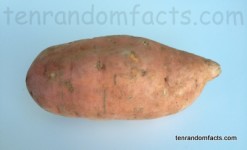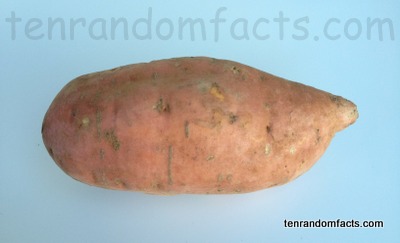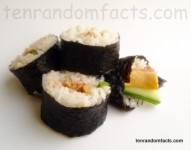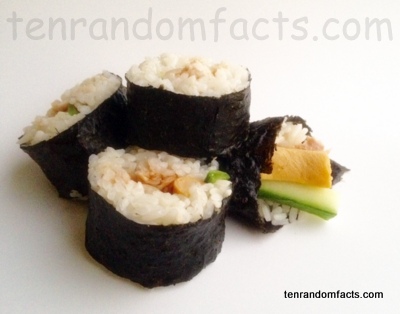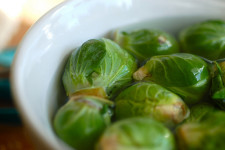
Brussels sprouts sprout on stalks that sprout from soil.
- Brussels sprouts, also known as ‘brussel sprouts’, are a vegetable eaten primarily for its leaves and they grow as buds along the stalk of a plant.
- The scientific name of the Brussels sprout plant is Brassica oleracea variety gemmifera, from the Brassica genus, which include species of cabbages and cruciferous vegetables, and it is from the Brassicaceae family, the family of mustards.
- Generally Brussels sprouts are a rough oval shape, with an appearance of a tiny cabbage, and they grow to sizes of 2.5 to 5 centimetres (1 to 2 inches) in length.
- The exact origin of Brussels sprouts is unknown, although it is thought Europe’s Belgium first cultivated the vegetable, possibly in the capital Brussels sometime around the 1200s, hence the vegetable’s name, although concrete evidence only exists from the late 1500s.
- The United States of America saw the introduction of Brussels sprouts in the 1700s by some immigrants from France.
Brussels Sprouts
Image courtesy of Jacqueline/Flickr
- The typical lush green colour of Brussels sprouts can vary in shade, and they can become a yellow or other discoloured colour when of poor quality, however purple coloured varieties are available.
- Brussels sprouts are popularly cooked through boiling, stir-frying, grilling or roasting techniques, and are commonly flavoured with spices or sauces, and they are also able to be eaten raw and are sometimes used in salads.
- Brussels sprouts contain a sulphur compound, glucosinolate sinigrin, that can produce a displeasing smell and a bitter taste when overcooked.
- The Netherlands in Europe is one of the largest producer of Brussels sprouts in the world with 82,000 tonnes (90,390 tons), while the United Kingdom has a fairly high consumption rate of the vegetable.
- Brussels sprouts are very high in vitamin C and vitamin K, and are a good source of folate, and they also contain other vitamins and minerals.
Bibliography:
Brussels Sprouts, 2011, Fresh For Kids, http://www.freshforkids.com.au/veg_pages/brussels_sprout/brussels_sprout.html
Brussels Sprouts, 2015, Wikipedia, https://en.wikipedia.org/wiki/Brussels_sprout
Brussels Sprouts, 2015, The World’s Healthiest Foods, http://www.whfoods.com/genpage.php/genpage.php?tname=foodspice&dbid=10





